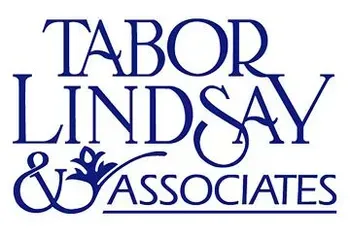
Caring Birth Injury Representation for West Virginia
At Tabor Lindsay & Associates, PLLC, we recognize that pregnancy and childbirth are typically joyous occasions for families, marking the thrilling arrival of a new member into their lives. However, amidst this celebration, it is important to remain vigilant, as medical errors during pregnancy and delivery can go unnoticed until they manifest as health complications in the newborn. According to HealthGrades, the annual incidence of birth injuries stands at approximately 28,000 cases, with potential consequences that may lead to lifelong physical impairments. If you suspect that your child or a loved one has suffered a birth injury due to medical negligence, we invite you to reach out to our experienced team in Charleston, West Virginia. We are dedicated to providing a thorough consultation to explore your situation and discuss potential paths to address the impact of these unfortunate events. Your family's well-being is our priority, and we are here to guide you through this challenging process.
Contact us in Charleston, West Virginia, to schedule a consultation regarding any birth injury your child or a loved one’s child may have suffered.

Understanding Birth Injuries: A Professional Insight
Birth injuries refer to physical harm sustained by either the mother or the infant during pregnancy, labor, or delivery. These injuries can result in significant and lasting neurological impairments, particularly in infants, leading to a variety of physical and cognitive challenges. Neurological damage may arise from factors such as insufficient oxygen supply or trauma during the birthing process.
The consequences can include disabilities and psychological concerns that affect the child's development. It is important to note that families are often not informed of the specific causes of their child's injuries by healthcare providers, including doctors, midwives, and hospitals. When it is determined that neurological damage may have resulted from medical negligence during the birth process, it is crucial to seek expert guidance. At Tabor Lindsay & Associates, PLLC, our team, comprised of attorneys with medical backgrounds, is dedicated to uncovering the root causes of birth-related injuries. We specialize in cases involving Erb’s Palsy, Cerebral Palsy, and brain damage, and we are committed to ensuring that families receive the justice and support they deserve.
ERB’s Palsy
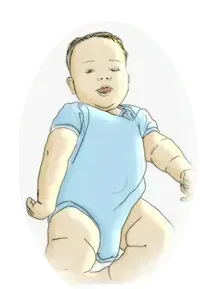
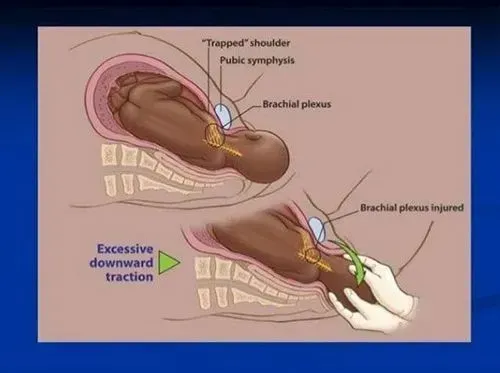
Erb's Palsy is a condition that can result from physical injury during delivery, with its impact varying widely from mild to severe based on the extent of nerve damage. This condition arises when the nerves in the upper arm of the infant are compromised, affecting approximately one to two out of every 1,000 births. Specifically, it is associated with lesions in the brachial plexus, a network of nerves located in the neck that controls movement in the arm, hand, and fingers. One common scenario that can lead to Erb's Palsy is shoulder dystocia, which may occur in challenging births, particularly when excessive traction is applied to the baby's shoulders.
Consequently, infants may exhibit limited mobility in the shoulder or upper arm, while still being able to move their fingers, which can give the appearance of paralysis in the affected limb. The degree of severity of the nerve injury plays a crucial role in determining the potential for recovery. Instances of excessive pulling during delivery, particularly with larger infants, increase the risk for developing this condition. It is essential to acknowledge that while Erb's Palsy can present significant challenges, proactive medical interventions and therapeutic strategies can enhance recovery outcomes for affected infants.
Results from a lesion in an area of the neck at the brachial plexus that gives movement to the arm, hand, and fingers
Often caused by shoulder dystocia during a difficult birth
Infants are unable to move the shoulder or upper arm but can wiggle fingers
It looks like the arm is paralyzed
The level of severity determines how well the infant recovers
Occurs during excessive pulling on the shoulders at delivery when the baby is disproportionately bigger than the birth canal
Identifying ERB’s Palsy in Your Child
ERB’s Palsy is a form of paralysis affecting the arm, typically resulting from an injury to the brachial plexus—a crucial network of nerves extending from the spine to the hand. This condition may arise due to accidents or lapses in medical care during childbirth. To determine if your child may have ERB’s Palsy, look for specific signs and symptoms, which can include:
Limitation of movement in the affected arm, which may be observed as a limp posture held close to the body with the elbow bent.
- A noticeable decrease in grip strength on the affected side.
- Signs of partial or complete paralysis.
- Loss of sensory and motor function in the upper arm.
- Numbness in the arm.
- Impaired development of circulatory, muscular, and nervous functions.
If you suspect your child may have ERB’s Palsy, seeking an evaluation from a medical professional is essential. Early intervention can significantly improve outcomes and support your child's development.

Cerebral Palsy (C.P.)
Cerebral Palsy (C.P.) is a comprehensive term used to describe a range of motor function impairments. This condition is characterized by its permanent and non-progressive nature, which stems from compromised muscle coordination—often referred to as spastic paralysis—resulting from brain injury sustained before or during the birthing process. There are instances where Cerebral Palsy may be attributed to medical negligence. Such circumstances can include:
C.P. Caused by Medical Negligence
Entanglement or umbilical cord
Entrapment in the birth canal (baby too large or improperly positioned)
Undetected to improperly treated infections during pregnancy
The baby was in fetal distress, but the medical staff did not perform Cesarean Section
Birth trauma
Lack of oxygen (hypoxia)
Forceps assisted delivery
Unnecessary use of vacuum
Symptoms, Diagnosis, Treatment, and Pathology of C.P.
Risk Factors for Cerebral Palsy
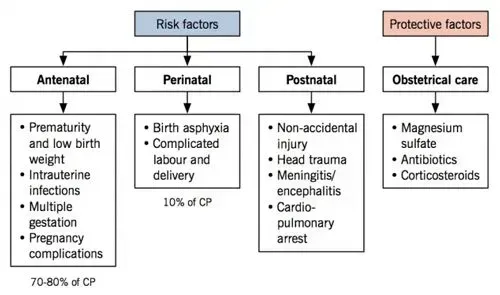
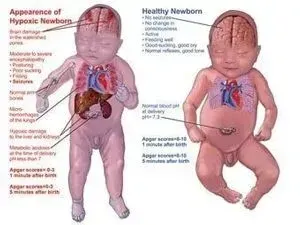
Risk Factors can be divided by period into antenatal, perinatal, and postnatal factors. The majority of the risk occurs in the antenatal period. Prematurity is a significant risk factor, predisposing to periventricular leukomalacia (PVL) development. Prudent obstetrical care, with the management of preeclampsia (magnesium), infections (antibiotics), and preterm labor (corticosteroids), can help reduce the risk of C.P.
READY TO GIVE US A TRY?
Contact Us Today for a Case Evaluation!
Speak directly with our experienced legal team — we’re here to listen, evaluate your case, and guide you every step of the way
Address: 1223 Virginia St E Charleston, WV 25301
Mailing Address: P.O. Box 1269 Charleston, WV 25325
Phone: (304) 344-5155
Email: [email protected]
